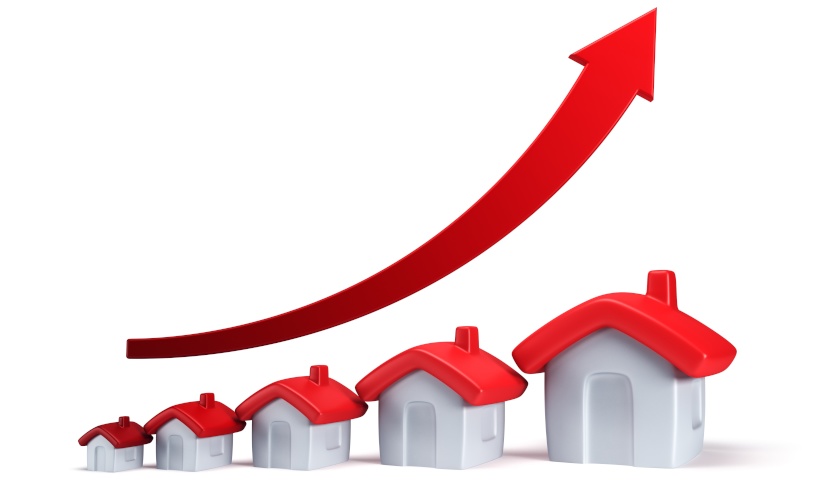Only one capital city sees dwelling values reach peak
New CoreLogic data looking at the last quarter shows inflation-adjusted, or the “real changes” in, dwelling values across the capital cities, with just one capital city seeing a positive change.

By analysing the most recent consumer price index data for the quarter, CoreLogic analyst Cameron Kusher has found that dwelling values declined in all but one capital city: Hobart, which rose by 3 per cent for the quarter.
{wbamp-embed type="ad" ad-type="doubleclick" width=800 height=250 data-atwMN="/50807330/SPI_PremiumNewsTile_800x250" data-atwDiv="adtech-ad-container">}
Sydney suffered the most, declining by 2.2 per cent; followed by Melbourne and Adelaide at 0.9 per cent; Perth at 0.7 per cent; Canberra and Darwin at 0.6 per cent; and Brisbane at 0.5 per cent.
Over the last year, Hobart, along with Melbourne and Canberra, saw positive changes in value, at 10.9 per cent, 3.4 per cent and 1 per cent, respectively. Hobart’s growth, in particular, is considered to be a new peak by CoreLogic
Changes in the dwelling value over the last decade, however, differ slightly, with Sydney and Melbourne topping the charts at 43.3 per cent and 38.7 per cent, respectively, along with Hobart at 6.4 per cent.
“These latest figures really highlight just how narrow value growth has been in the national housing market over the past decade,” Mr Kusher said.
“It also highlights that low mortgage rates alone have not been the key driver of value growth — mortgage rates are the same in Sydney as they are in Perth, yet the former has recorded real growth of 43.3 per cent while the latter has seen values fall by -25.0 per cent.”
In terms of where the capital cities stand in relation to their peak, aside from Hobart, Perth and Darwin are the furthest away, declining by 28.5 per cent and 28.2 per cent, respectively. Next is Brisbane at a decline of 12.5 per cent, Adelaide at 7.4 per cent, Canberra at 6.8 per cent, Sydney at 5.3 per cent and Melbourne at 0.9 per cent.
The slower value growth is expected to continue despite a slow rate of inflation, Mr Kusher said.
“As a result, when looking at inflation-adjusted dwelling values, the expectation is that they will continue to fall over the coming quarters, which means that as the cost of other items increase and inflation rises, relatively speaking, the cost of housing will reduce,” Mr Kusher said.
“We’ve seen this result occurring in most capital cities for a number of years but is a relatively recent development in Sydney and Melbourne.
“The flow-on effect of value falls remains to be seen; however, it may result in less expenditure elsewhere across the economy, particularly in Sydney and Melbourne which have had strong retail demand over recent years due to the wealth-effect of increasing dwelling values.”
